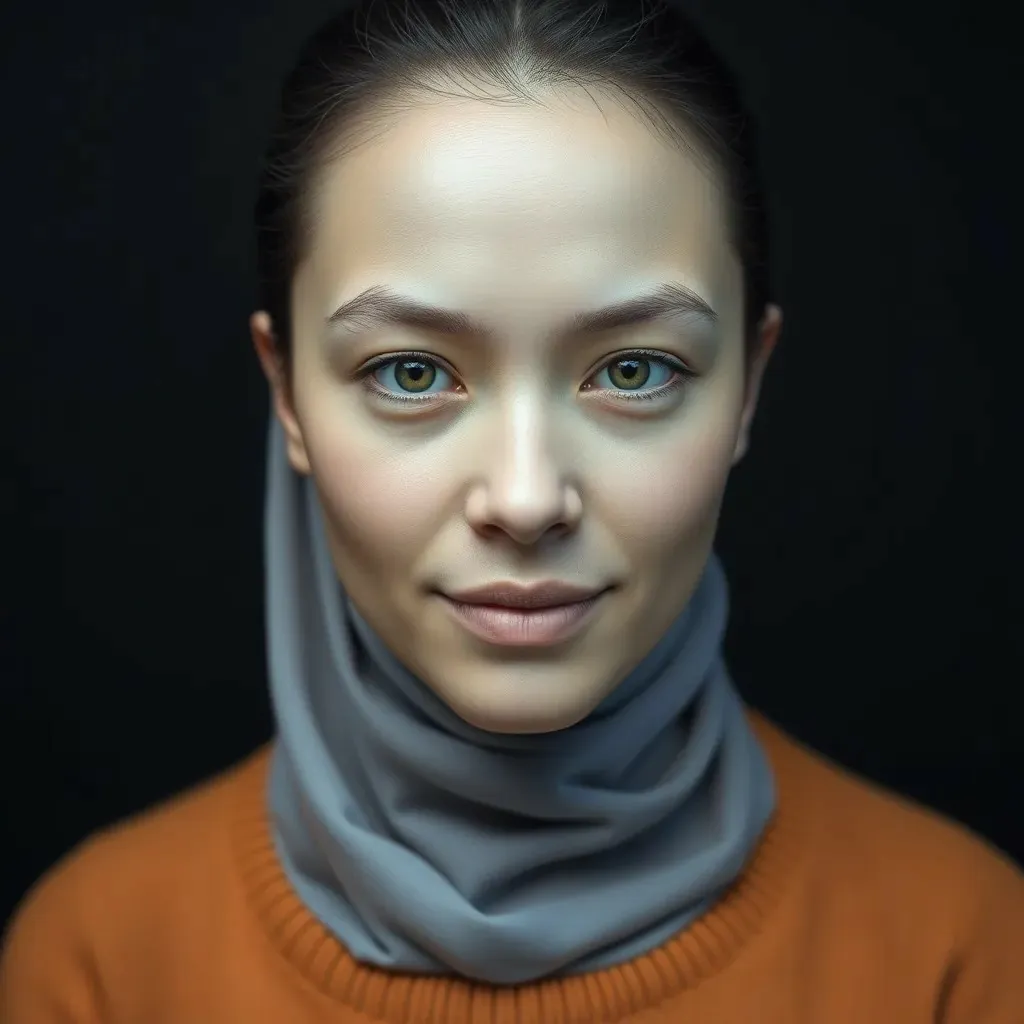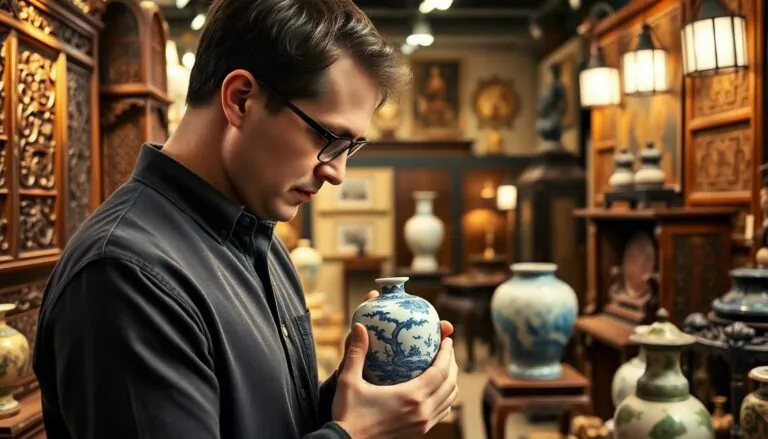Table of Contents
ToggleWolves have prowled through human imagination for centuries, inspiring countless artists to capture their wild essence on canvas, wood, and even digital screens. From majestic howls under a full moon to playful pups tumbling in the snow, wolf art invites viewers to connect with nature’s untamed spirit. It’s not just art; it’s a howl of creativity that resonates with anyone who appreciates the beauty of the wild.
Imagine a world where your living room features a stunning wolf painting that sparks conversations and maybe even a few chuckles—“Is that a wolf or my neighbor’s dog?” With vibrant colors and intricate details, wolf art not only enhances spaces but also serves as a reminder of the wildness we often forget. So, whether you’re a seasoned collector or a curious newbie, diving into the realm of wolves in art promises to be an exhilarating journey.
Overview of Wolves Art
Wolves art captures the essence of these majestic creatures, showcasing their beauty and mystery. Various artists, from traditional painters to contemporary sculptors, depict wolves through diverse styles. Nature themes frequently appear in wolf-related art, emphasizing the wilderness connection.
This artwork often portrays wolves in natural settings, highlighting their roles in ecosystems. Symbolism plays a key role, with wolves representing loyalty, courage, and freedom in many cultures. Artists use vibrant colors and dynamic compositions to convey these attributes, creating pieces that resonate emotionally with viewers.
Different mediums showcase wolves art, including paintings, sculptures, and digital designs. Each medium offers unique interpretations, allowing for a broad spectrum of creative expressions. For instance, oil paintings provide depth and richness, while sculptures can capture the three-dimensional presence of wolves in a space.
Art collectors increasingly seek wolf-themed pieces, appreciating their aesthetic value and deeper meanings. Engaging with wolves art allows individuals to connect with nature’s wild spirit, reflecting personal values and beliefs. Wolves serve as powerful subjects, inspiring admiration for their strength and grace.
Exhibitions dedicated to wolves art can be found in galleries and museums worldwide. These spaces often feature local and international artists, broadening the discourse around wildlife and conservation. Community events further foster appreciation, encouraging discussions about the importance of protecting natural habitats.
As a result, wolves art not only enhances living spaces but also stimulates awareness of environmental issues. Celebrating these artworks fosters a greater understanding of wildlife, urging appreciation for the untamed aspects of nature.
Historical Significance of Wolves in Art
Wolves hold a profound historical significance in art, reflecting humanity’s deep connection to these creatures.
Indigenous Representations
Indigenous cultures often portray wolves as spiritual guides, embodying traits like strength and wisdom. Artifacts showcase wolves in ceremonies and storytelling, emphasizing respect for nature. Many tribes create masks and totems featuring wolves, symbolizing their integral role in the ecosystem. Artwork captures the balance between humans and wildlife, illustrating reverence for these animals. These representations invite viewers to explore the cultural narratives surrounding wolves, fostering appreciation for their importance in Indigenous beliefs.
Modern Interpretations
Modern interpretations of wolves in art reveal a blend of realism and abstract expression. Contemporary artists frequently explore themes of identity and survival through wolf imagery. Various mediums, such as digital art and mixed media, offer innovative perspectives on wolves. Artists like Robert Bateman and Charles Frizzell create striking pieces that challenge perceptions of wolves and their ecosystems. Influences from popular culture further shape how wolves are depicted, often reflecting society’s views on nature and conservation. This evolving representation continues to resonate, encouraging dialogue about wildlife preservation.
Techniques and Styles in Wolves Art
Wolves art encompasses various techniques and styles that highlight the beauty of these creatures. The medium chosen significantly influences the emotional impact of the artwork.
Painting and Illustration
Traditional painting and illustration play pivotal roles in wolves art. Artists often employ watercolor, acrylic, or oil to capture the intricate details of fur and facial expressions. Styles range from realistic portrayals to expressive interpretations, allowing individuality in depicting wolves. Illustrators harness digital tools to create stunning visuals that blend traditional aesthetics with modern technology. Color palettes vary widely, with some opting for muted earth tones while others embrace vibrant hues to evoke a specific atmosphere. Nature often serves as a backdrop, enhancing the connection between the wolves and their habitats.
Sculpture and Mixed Media
Sculpture and mixed media work provide additional dimensions to wolves art. Artists utilize materials like clay, metal, and wood to create intricate sculptures that convey movement and life. Mixed media pieces often include found objects, textiles, or paint to add texture and depth. Each material choice influences the final piece’s overall aesthetics and message, reflecting the artist’s vision. Themes of conservation and wildlife preservation frequently find expression in these works, fostering a deeper emotional connection. Galleries often showcase intricate sculptures that encourage dialogue about wolves’ roles in nature and their significance in various cultures.
Notable Artists in Wolves Art
Wolves art thrives due to the talents of various artists, each contributing their unique perspective and style. Emerging artists bring fresh interpretations and innovative techniques to the forefront of this artistic niche.
Emerging Artists
Emerging artists often explore the multifaceted symbolism of wolves in their works. They experiment with unconventional materials and modern styles to resonate with contemporary audiences. For instance, digital artists frequently utilize technology to create vibrant representations, while painters might focus on intricate textures and colors. Engaging with current themes such as conservation fuels their creative process, allowing them to address pressing environmental issues through their art. New exhibitions and community-driven projects showcase these artists, fostering appreciation for wolves and their ecological significance.
Established Masters
Established masters of wolves art offer timeless interpretations that influence both collectors and new artists. These artists, often with decades of experience, create evocative pieces that capture the essence and spirit of wolves. Renowned painters use traditional methods, such as oil or watercolor, to highlight the intricate details and emotional depth of their subjects. Sculptors, too, craft stunning works from materials like bronze or stone, emphasizing movement and realism. Their pieces often find homes in prestigious galleries and collections, reinforcing the importance of wildlife conservation in artistic conversations. The impactful legacies of these masters continue to inspire the next generation of artists and art enthusiasts alike.
Cultural Impact of Wolves Art
Wolves art plays a significant role in cultural expression and community identity. Many cultures celebrate wolves as symbols of strength and loyalty, evident in traditional and contemporary art forms. Indigenous peoples often incorporate wolf imagery into their stories and rituals, reflecting their deep spiritual connections with nature.
Modern artists reinterpret these themes, merging traditional practices with contemporary techniques. Through vibrant colors and dynamic forms, they bring attention to important conservation issues. Artists create thought-provoking pieces that resonate emotionally with audiences, drawing attention to the role of wolves in ecosystems.
Exhibitions focusing on wolves art foster cultural dialogue and awareness of wildlife conservation. Galleries display works from both local and international artists, showcasing diverse perspectives on wolf representations. Community events often center around these exhibitions, promoting discussions about environmental preservation and cultural significance.
Art collectors appreciate wolf-themed artwork for its aesthetic appeal and deeper meanings. Many pieces serve as a reminder of nature’s wild spirit and encourage reflection on personal values regarding wildlife. Emerging artists introduce innovative approaches, pushing boundaries and exploring contemporary themes related to identity and survival.
Notable artists consistently influence the wolves art scene, with established figures creating timeless works that capture emotional depth. Their mastery of traditional methods conveys the essence of wolves, while newer artists offer fresh insights and urgency to conservation messages. This synergy between generations enriches the art world and fosters understanding of the untamed aspects of nature.
Wolves art serves as a powerful reminder of the beauty and complexity of nature. Through various mediums and styles, artists convey the spirit of these magnificent creatures, inviting viewers to connect with their wild essence. This art form not only enhances personal spaces but also fosters a deeper appreciation for wildlife and its conservation.
As the dialogue around wolves continues to evolve, so does the art inspired by them. Emerging artists and established masters alike contribute to a rich tapestry of creativity that reflects cultural values and environmental awareness. Engaging with wolves art opens up opportunities for reflection on the importance of preserving the natural world and celebrating the untamed spirit that wolves embody.




